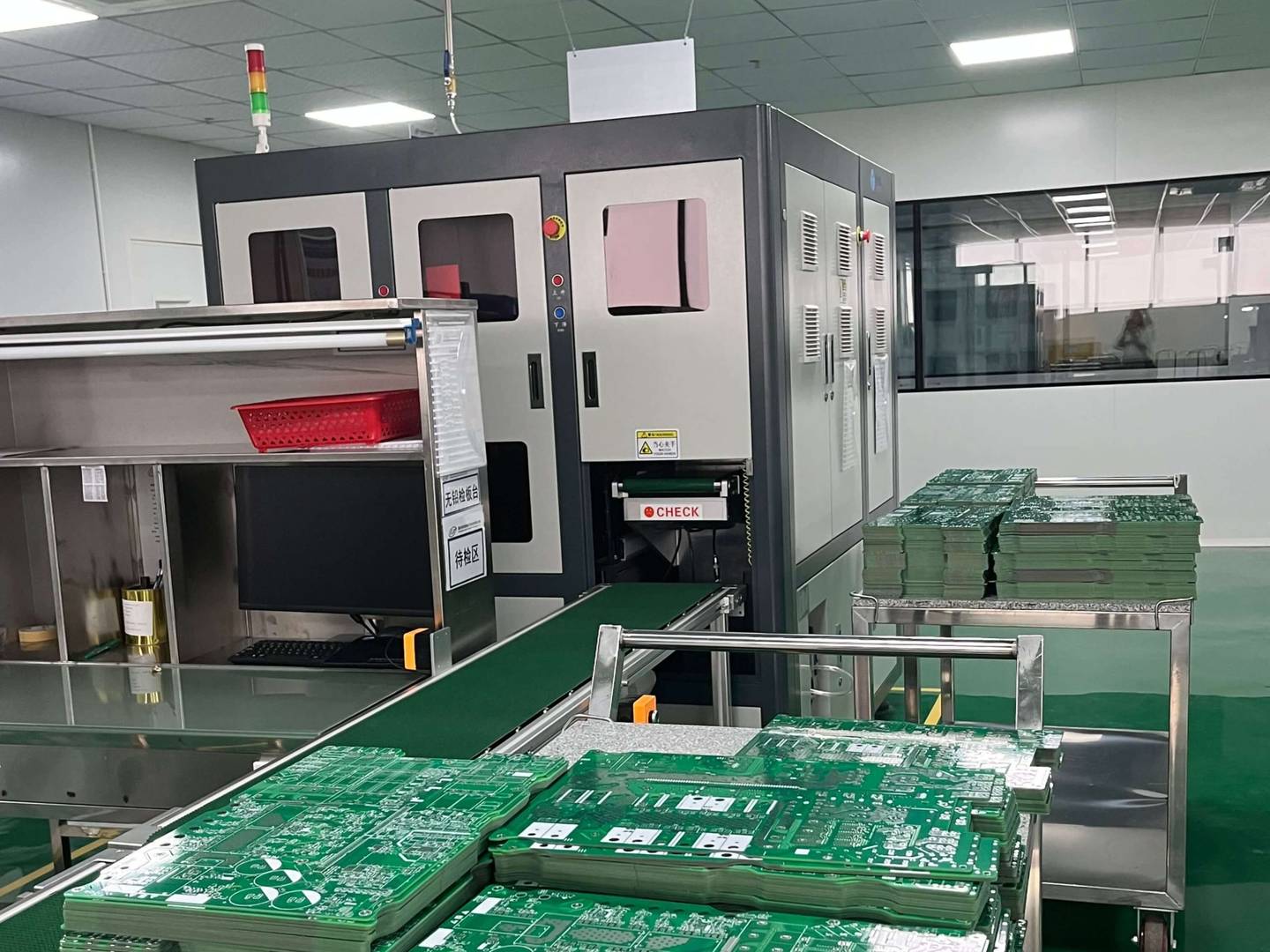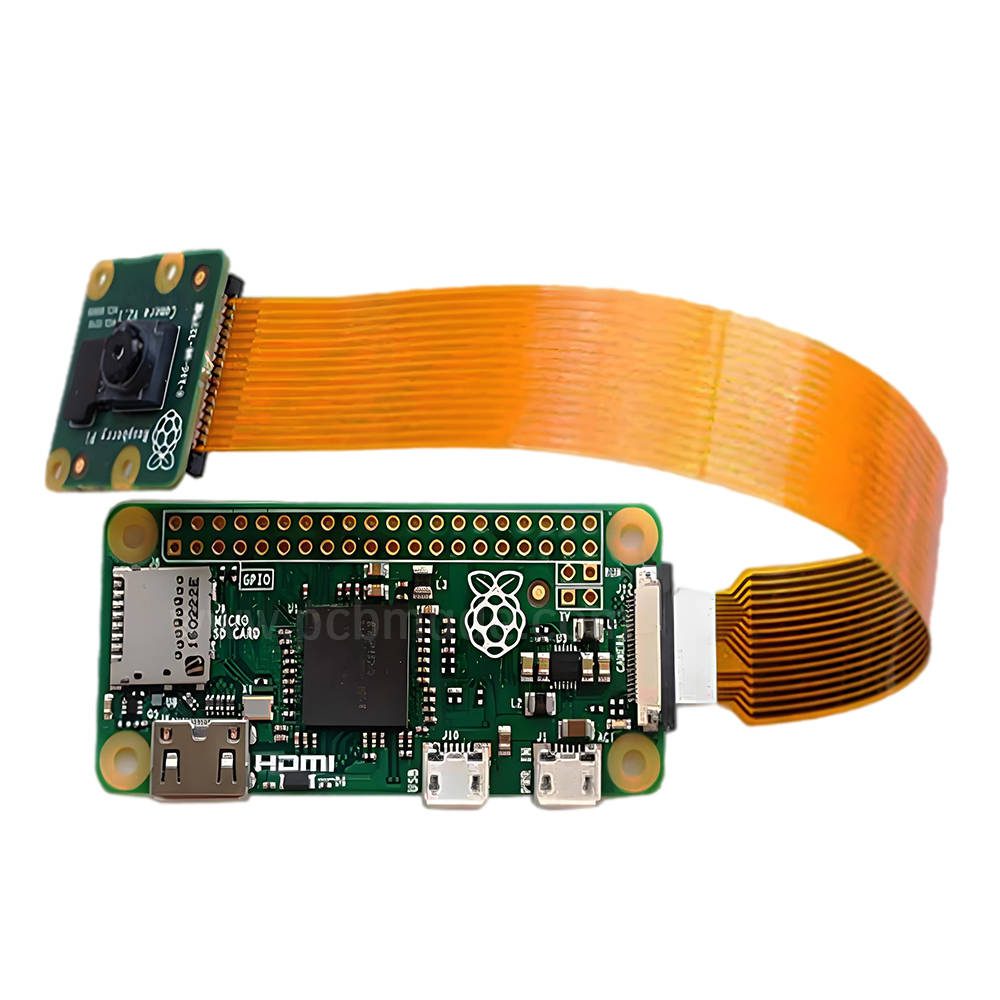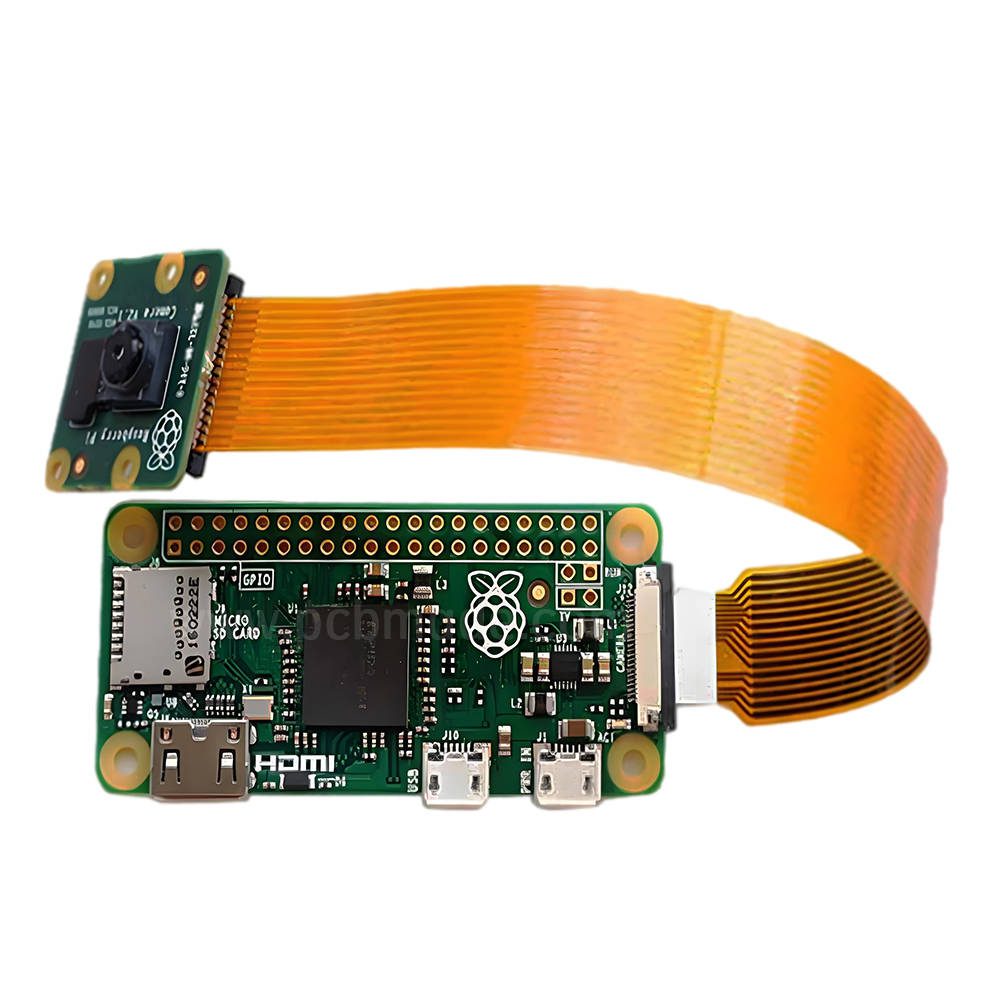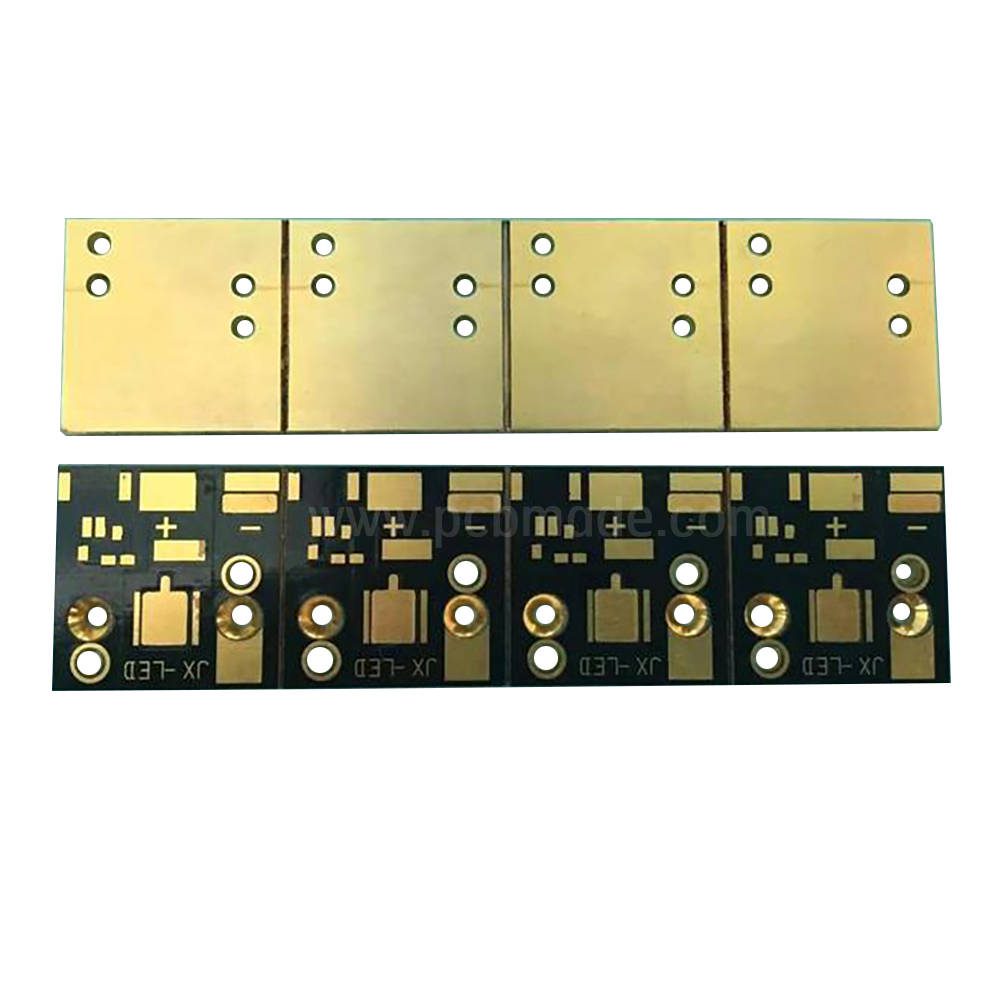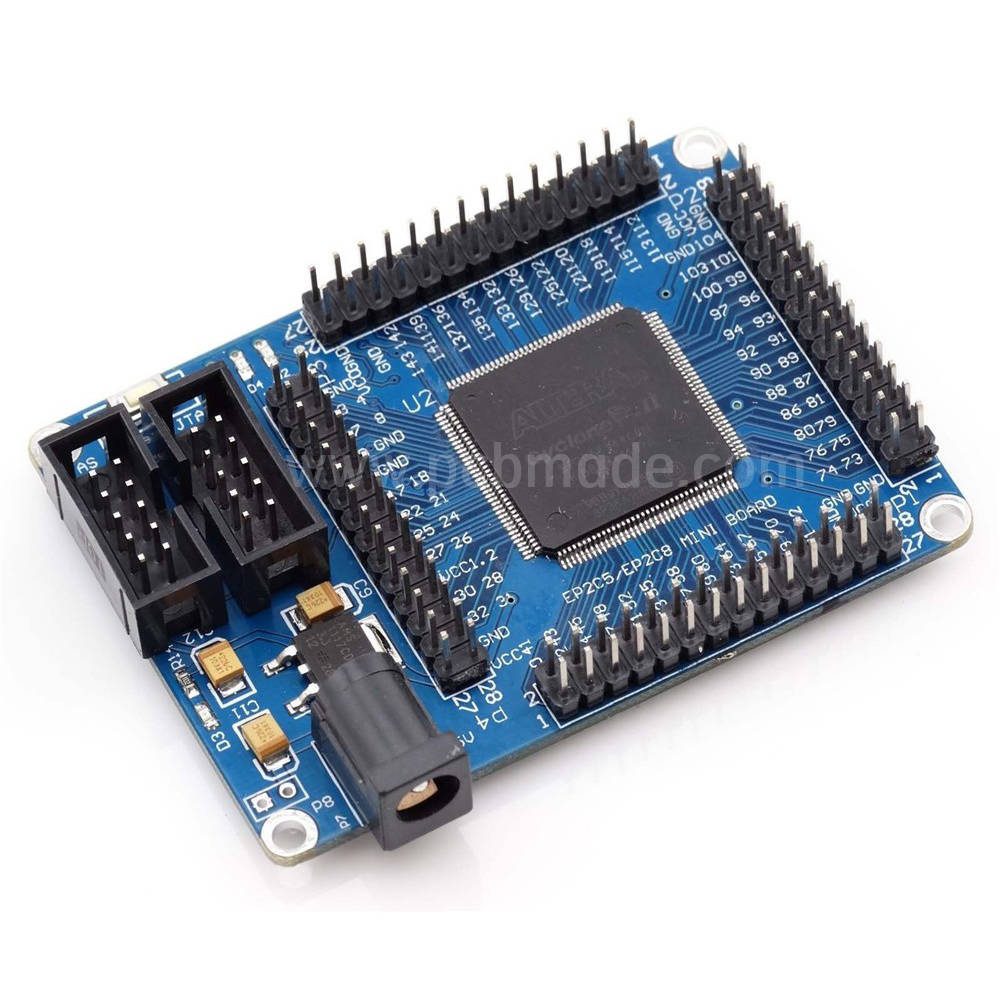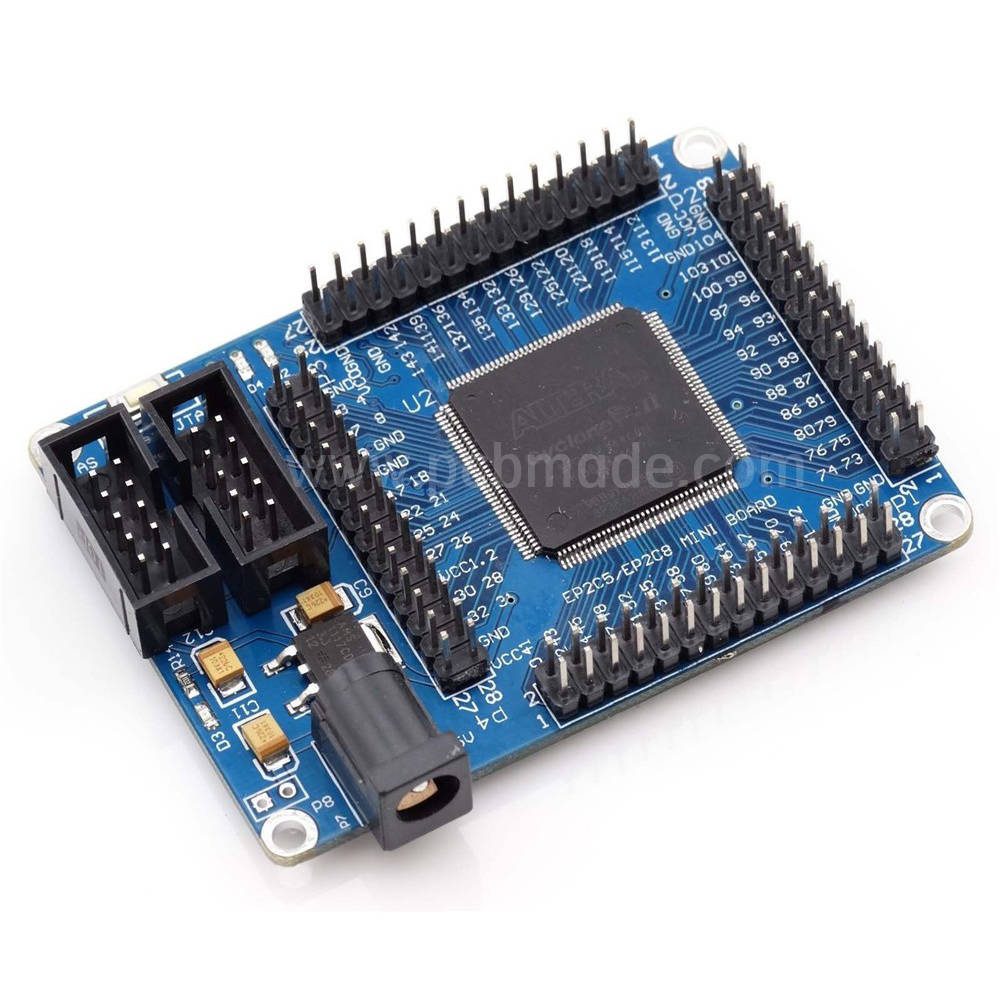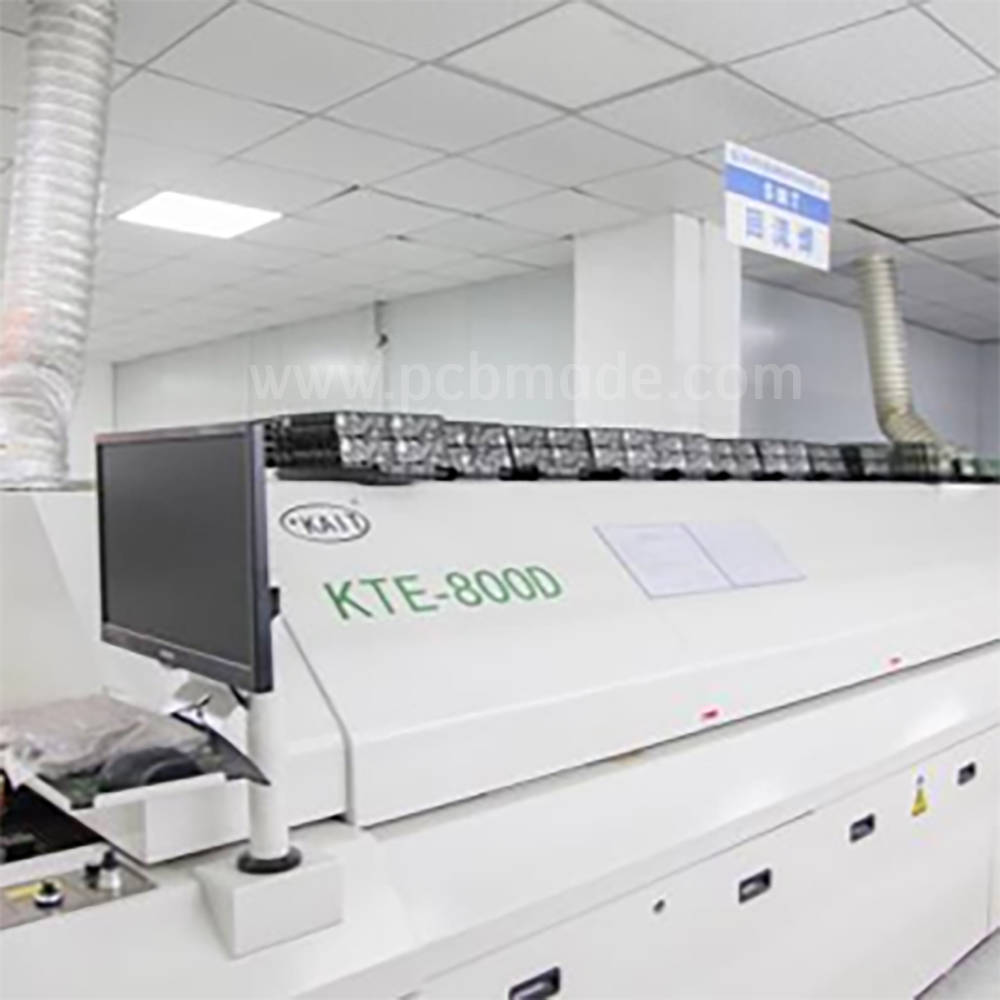PCB sampling is an indispensable part of the circuit board manufacturing process. It represents a crucial step from design to actual manufacturing, and is an important process for translating theory into practical products.
So, what is PCB sampling? PCB sampling refers to the production of one or more sample boards for testing and evaluation after the completion of circuit board design, in order to verify the correctness and performance of the design. This can detect problems in design and manufacturing early and solve them in advance, thereby reducing the risks and costs of mass production in the later stage.
As the foundation of electronic products, PCB carries various electronic components, which are connected by metal wires to form a complete electronic circuit system. PCB sampling is a crucial step in the entire PCB manufacturing process, and its quality and accuracy directly affect the later production and product performance.
The significance of PCB sampling is very important.
Firstly, the correctness of the design can be verified through sampling.
After the circuit board design is completed, a sample board is made for testing, which can identify design issues such as errors in component layout, circuit connections, and other aspects. By identifying problems in advance and making modifications, it is possible to avoid problems during large-scale production, thereby saving time and costs.
Secondly, PCB sampling can evaluate the performance of the circuit board.
By conducting sample testing, the performance of the circuit board can be checked in terms of its working condition, signal transmission quality, power stability, and other aspects. If there are problems, they can be optimized and improved in a timely manner. This can ensure the reliability and stability of the final product.
In addition, PCB sampling can also help improve manufacturing processes.
During the sample board production process, manufacturing issues such as poor solder pads and unreliable circuit connections can be identified. This allows for timely adjustments to the manufacturing process and workflow, thereby improving overall manufacturing quality and efficiency.
In summary, PCB prototyping is a crucial step from design to actual manufacturing, and its definition and significance are closely related to verifying the correctness and performance of the design. By sampling, problems can be detected and solved early, reducing production risks and costs in the later stage, while improving product quality and reliability.


